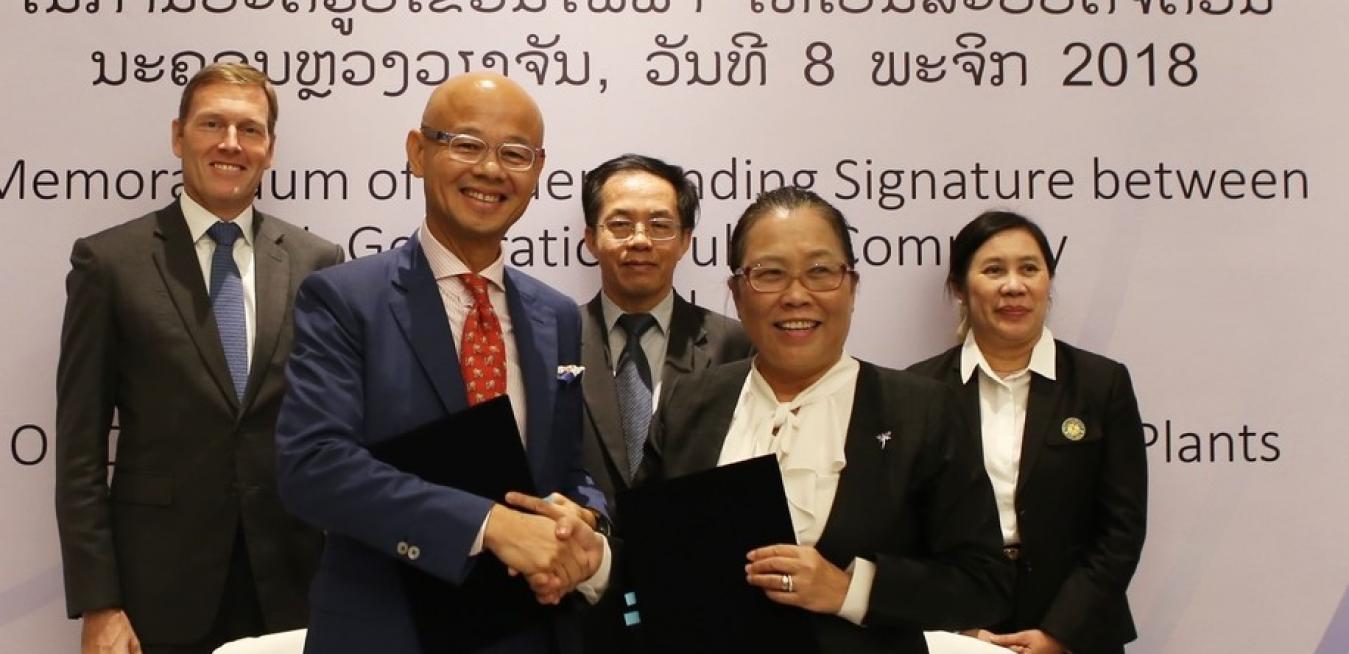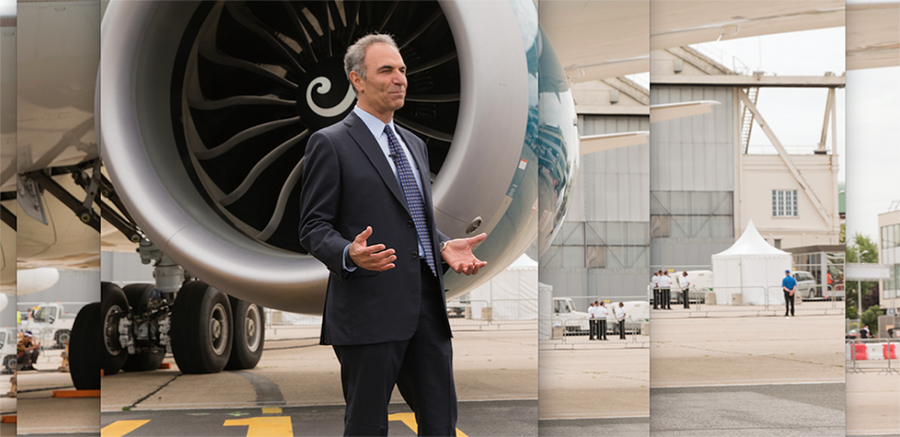Roboticists are helping self-driving vehicles act like a swarm of bees, researchers found a new way to use stem cells to combat diabetes and astronomers discovered the most energetic blast in the universe since the big bang. This week’s coolest scientific discoveries are positively explosive.
Anna-Lena Andersson knows that to build a better world, you have to lay a few bricks.
Last October Andersson, head treasurer of GE’s Steam Power division, joined eight of her colleagues to break ground on an elementary school for 150 students in Kaolack, Senegal. “I’ve always believed any kind of change has to start with education,” she says.
The peculiar machine described in the 1920 issue of GE Review — essentially a giant engine designed to produce no mechanical power — seems like nothing more than a charming relic from the early years of electrification. Yet the device, known as “synchronous condenser,” turns out to be far more than a steam-era oddity, as the engineers in charge of today’s electric grid are discovering.
It is difficult to comprehend the sheer volume of data in the world, but one man who keeps a running tally is Dr. Mathias Goyen, a diagnostic radiologist. He explains that a single mammogram image of the breast contains more data than the physical phonebook of Berlin, Germany — his home country.
In the popular imagination, Brazil is an eternal carnival of sun, samba and soccer on the sand in Rio de Janeiro. Yet many Brazilians claim that the real Brazil is actually the country’s sprawling northeast region, which is a long way from the golden beaches of Copacabana and Ipanema. The Northeast is the home of capoeira, the hypnotic Afro-Brazilian martial art; the sertão, the country’s semi-mythical scrubby outback; and forró, the folk music that farmers sang in hope of bumper harvests of corn, sugarcane and coffee.
"Originally published on Wouter Van Wersch’s LinkedIn. Wouter is the President and CEO of GE Asia Pacific.
My first visit to Laos in September 2016, coincided with President Obama’s trip - when he became the first sitting U.S. president to visit the nation - and since then, I have always been impressed by the progress being made in the country whenever I return.
Originally published on Wouter Van Wersch’s LinkedIn. Wouter is the President and CEO of GE Asia Pacific.
Cleaning elephants, building a small fishing reserve, and organizing public health screenings are some of the more than 100 diverse community projects supported by GE APAC volunteers last year.
Tüm dünyada yeni gelişen “birlikte inovasyon” anlayışına ülkemizde öncülük eden Özyeğin Üniversitesi ve GE Türkiye, YASED işbirliğinde “AR-GE, Dijital Dönüşüm ve Şirketlerde İnovasyon” başlığıyla, farklı sektörlerdeki inovasyon liderlerinin katılımıyla ÖzÜ-X İnovasyon Buluşması’nı gerçekleştirdi. Etkinlik, geçen Şubat ayında GE Türkiye İnovasyon Merkezi’nin de taşındığı Özyeğin Üniversitesi Özü-X merkezinde düzenlendi.
Back in the early days of electricity, power frequency — the rate at which alternating current (AC) fluctuates per second — was all over the place. Distribution systems operated at frequencies ranging anywhere from 16⅔Hz to 133⅓Hz. Then, in 1891, the leading German utility set the standard in Europe at 50Hz. Meanwhile, the United States opted for 60Hz, as did parts of Japan when GE installed a 60Hz plant in Tokyo in 1896. And, thus, an inconvenient legacy was born.
Jet engines are large and complicated machines. But sometimes surprisingly small parts can make a big difference in how they work.
A decade ago, engineers at CFM International, a joint venture between GE Aviation and France’s Safran Aircraft Engines, started designing a new, fuel-efficient jet engine for single-aisle passenger planes — the aircraft industry’s biggest market and one of its most lucrative.













